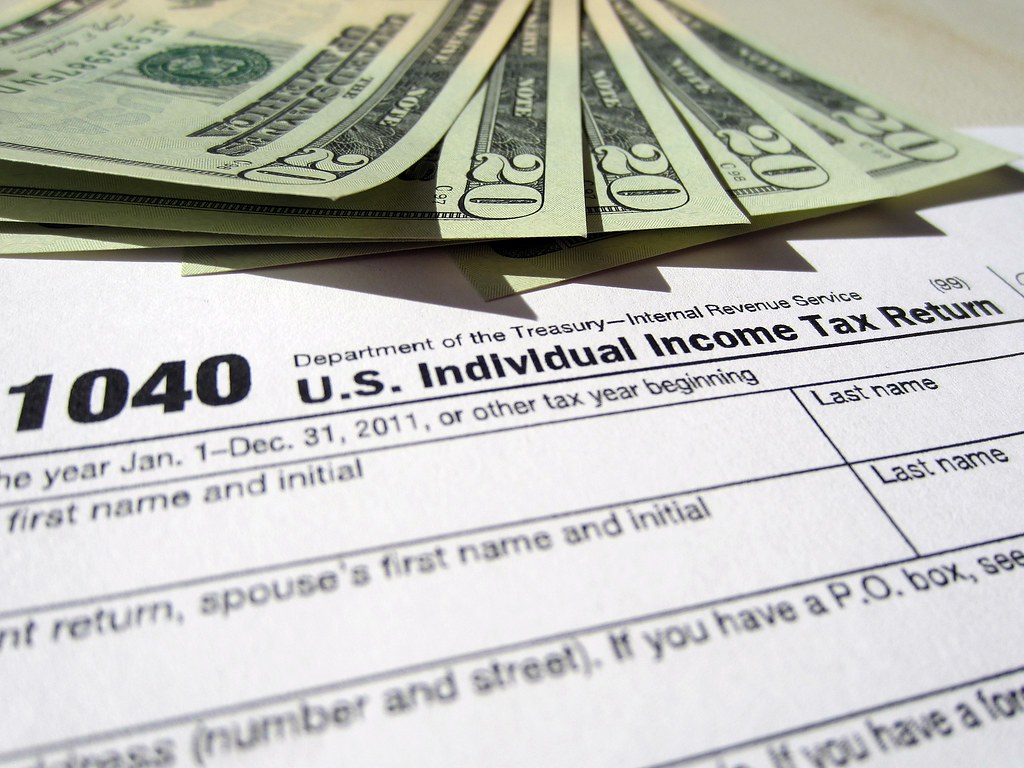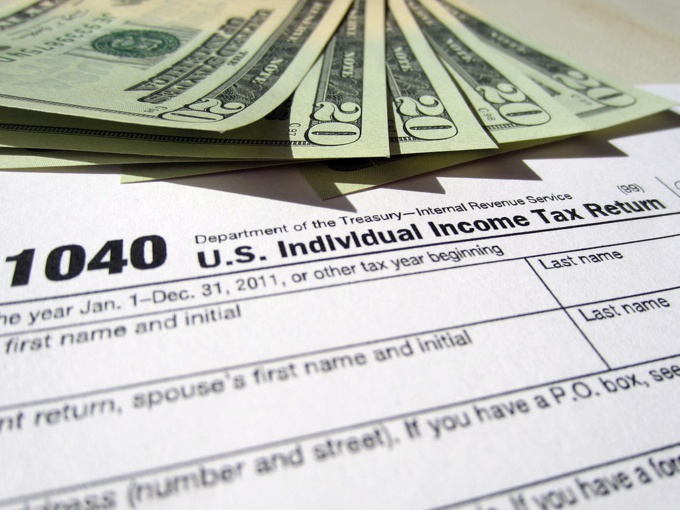The largest decrease in tax burden was recorded in four countries: Estonia (minus 2.54 pp), USA (minus 2.19 pp), Hungary (minus 1.11 pp) and Belgium (minus 1.09 pp) Another ten countries showed a slight decrease. On the contrary, 22 countries noted a slight increase in tax burden (but not more than 0.5 pp). The change, both upward and downward, can mainly be explained by adjustment of personal income tax rates.
The burden remains the highest in Belgium (52.7%), Germany (49.5%), Italy (47.9%), France (47.6%), Austria (47.6%). The numbers are the lowest in Chile (7%), New Zealand (18.4%), Mexico (19.7%).
For families with children, the average load in 2018 remained unchanged (26.6%). The load for households with one breadwinner decreased in 16 countries, most of all in New Zealand (minus 4.52 pp), as well as in Lithuania, the USA, Estonia, Hungary, Belgium and Greece (in all countries more than by 1 pp). The growth (immediately by 10.33 pp due to reduction in child benefits) was recorded in Poland. The family’s highest burden is now in France (39.4%) and Italy (39.1%). Between 37% and 38% of revenues were levied in some other five European countries. The lowest taxes on labor were paid by families in New Zealand (1.9%), as well as in Chile (7%) and Switzerland (9.8%).
Also, the OECD compared tax burden with respect to median, not average income (that is, with the same number of workers getting paid above and below). Such a worker in developed countries in 2018 earned 80.8% of the average salary, and their tax rate was also lower - 34.3% against 36.2%. The median worker paid the most taxes in Belgium (52%), the least - in Chile (7%). In most countries, the load ranged from 30% to 45%.
source: oecd.org
The burden remains the highest in Belgium (52.7%), Germany (49.5%), Italy (47.9%), France (47.6%), Austria (47.6%). The numbers are the lowest in Chile (7%), New Zealand (18.4%), Mexico (19.7%).
For families with children, the average load in 2018 remained unchanged (26.6%). The load for households with one breadwinner decreased in 16 countries, most of all in New Zealand (minus 4.52 pp), as well as in Lithuania, the USA, Estonia, Hungary, Belgium and Greece (in all countries more than by 1 pp). The growth (immediately by 10.33 pp due to reduction in child benefits) was recorded in Poland. The family’s highest burden is now in France (39.4%) and Italy (39.1%). Between 37% and 38% of revenues were levied in some other five European countries. The lowest taxes on labor were paid by families in New Zealand (1.9%), as well as in Chile (7%) and Switzerland (9.8%).
Also, the OECD compared tax burden with respect to median, not average income (that is, with the same number of workers getting paid above and below). Such a worker in developed countries in 2018 earned 80.8% of the average salary, and their tax rate was also lower - 34.3% against 36.2%. The median worker paid the most taxes in Belgium (52%), the least - in Chile (7%). In most countries, the load ranged from 30% to 45%.
source: oecd.org



















